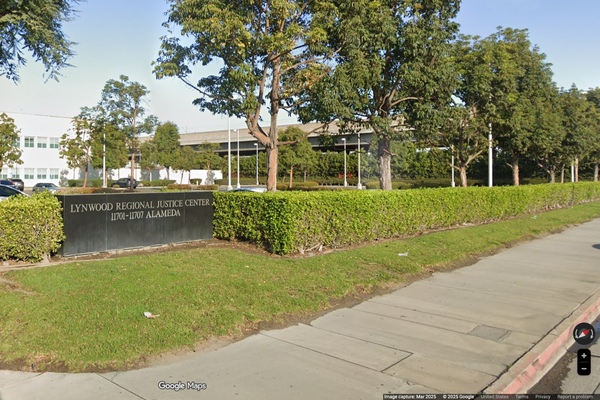
Tax-advantaged accounts play a huge role in building a secure retirement. They help your money grow faster by reducing the bite from taxes. But laws change, and some benefits you count on now may not be there when you retire. Understanding which tax-advantaged account cuts might happen before you retire is just as important as knowing how to use these accounts today. Planning ahead can help you avoid surprises and keep your retirement on track. Here’s what you need to watch for as Congress and regulators look for ways to close budget gaps.
1. Lower Contribution Limits for 401(k) Plans
One possible tax-advantaged account cut is a reduction in how much you can contribute to your 401(k). Lawmakers sometimes propose lowering annual limits to increase tax revenue. If this happens, you’ll have less room to save for retirement on a tax-deferred basis. For those who maximize their 401(k) contributions, this could mean a smaller nest egg and higher taxable income now. Keep an eye on these potential changes so you can adjust your savings plan if needed.
2. Roth IRA Income Limit Changes
Roth IRAs let your money grow tax-free, but eligibility depends on your income. There’s talk that income limits could be tightened or the backdoor Roth could go away. If you’re planning to contribute to a Roth IRA as your income grows, stricter limits could close the door. Stay updated on proposed legislation and be flexible with your retirement savings strategy.
3. Reduced Tax Benefits for Health Savings Accounts (HSAs)
Health Savings Accounts are a favorite for their triple tax advantage. But with rising healthcare costs, policymakers might look at curbing the tax perks of HSAs. This could include lowering contribution limits or making withdrawals for non-medical expenses less favorable. HSAs are a key part of many retirement income plans, so any changes here could have a big impact.
4. Removal of the Mega Backdoor Roth
The mega backdoor Roth allows high earners to contribute extra after-tax dollars to their 401(k) and convert them to a Roth. This advanced move is on lawmakers’ radars because it lets people sidestep Roth IRA income limits. If this tax-advantaged account cut happens, it will close a powerful loophole for high savers. Consider diversifying your savings beyond just workplace plans.
5. Elimination of the Stretch IRA
The SECURE Act already limited the stretch IRA, but more restrictions may come. Heirs might have to withdraw inherited IRAs even faster, resulting in bigger tax bills. If you plan to leave retirement accounts to your children, you may need to rethink your estate strategy. Look into other vehicles that offer tax benefits for inheritance planning.
6. Changes to Required Minimum Distributions (RMDs)
Currently, tax-advantaged accounts like traditional IRAs and 401(k)s require you to start taking RMDs at a certain age. Future cuts could lower the age or increase penalties for missing withdrawals. This would force you to pull out money sooner, possibly bumping you into a higher tax bracket. Understanding RMD rules is crucial for efficient retirement income planning.
7. Reduced Tax Deductions for Traditional IRA Contributions
Traditional IRAs offer a tax deduction for contributions, but that could change. Lawmakers may cut or phase out this deduction for higher earners. This would make traditional IRAs less attractive and could push more people toward Roth accounts—if those remain available. Monitor any proposed changes so you can adjust your savings approach early.
8. Roth Conversion Restrictions
Roth conversions let you move pre-tax savings into a Roth IRA and pay taxes now in exchange for tax-free growth later. Congress has proposed limiting who can convert and how much can be moved each year. If conversion rules tighten, your ability to manage taxes in retirement may shrink. Consider timing conversions before any new restrictions take effect.
9. Tighter Rules on 529 College Savings Plans
529 plans offer tax-free growth for education expenses, but lawmakers sometimes propose restricting eligible expenses or limiting state tax deductions. If you’re using a 529 to help fund your children’s or grandchildren’s education, keep an eye on these possible tax-advantaged account cuts. You may need to explore other ways to save for college that still offer tax benefits.
10. Reduced Catch-Up Contribution Limits
If you’re over 50, catch-up contributions let you put extra money in your 401(k) or IRA. These higher limits are a big help if you started saving late. Congress has floated proposals to lower or eliminate catch-up contributions, especially for higher earners. Losing this benefit could make it harder for late starters to close the retirement savings gap.
How to Prepare for Tax-Advantaged Account Cuts
Tax-advantaged account cuts can seriously change your retirement outlook, so staying informed is key. Make it a habit to review your retirement plan each year and adjust as needed. Diversify your savings so you’re not too reliant on any one type of account.
While you can’t control what lawmakers do, you can control how prepared you are for changes that affect your retirement savings.
What tax-advantaged account cuts are you most concerned about? Share your thoughts or questions in the comments below!
Read More
9 Tax Deferred Accounts That Cost More In The Long Run
What Tax Preparers Aren’t Warning Pre Retirees About In 2025
The post 10 Tax-Advantaged Account Cuts Coming Before You Retire appeared first on The Free Financial Advisor.







